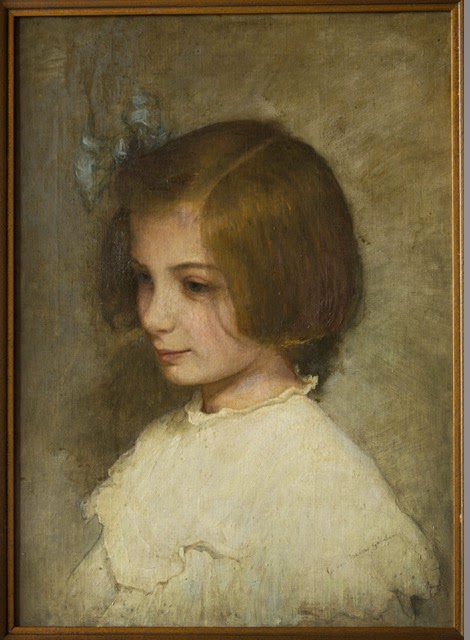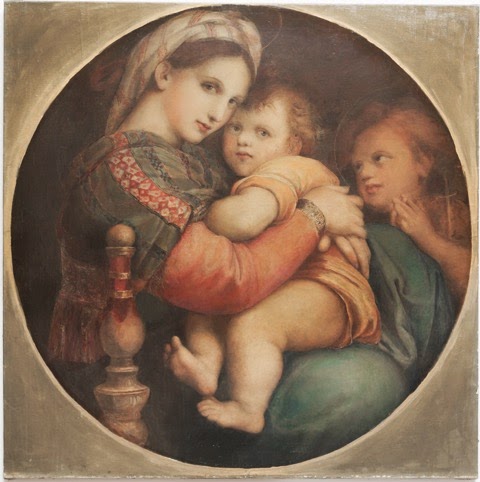The Next Generation
Julia and Ferdinando had three children - Mercedes (my grandmother), Maria and Vladimir.
I know little of Vladimir except that he ended up living in Buenos Aires, Argentina. I did meet him and his wife, Margaritta, when I was 11 and went to Italy with my grandmother. They had 2 daughters, Pelucita and Nikita, but that is all I know.
My grandmother and Maria seem to have had wonderful childhoods on Capri. They both learnt to dance and to paint. Of course they were in their early teens when World War I struck. There are no records of that part of their lives.
At the end of the war a marriage was arranged for my grandmother - to an English officer, John Glazebrook, and she was sent to England, a beautiful, tall, willowy Italian maiden, talented and gentle, but not sophisticated and with a limited education.
Maria had fallen in love with a local boy, Fritz, of a German family. Of course, after the war, this liaison was frowned upon and they were separated and lost touch. Maria married an Italian marquis and had a daughter, Mimi. I understand that the marriage was not happy and it was over long before I became aware of such things.
Decades later Maria was travelling on a bus and heard a familiar voice - it was Fritz! He, too, was no longer married and the old love affair was rekindled. They became inseparable, a lovely couple in their seventies. They travelled the world together, but their families were not happy that they should continue to 'live in sin' and so arranged a surprise marriage. The marriage lasted until Maria died in her nineties.










